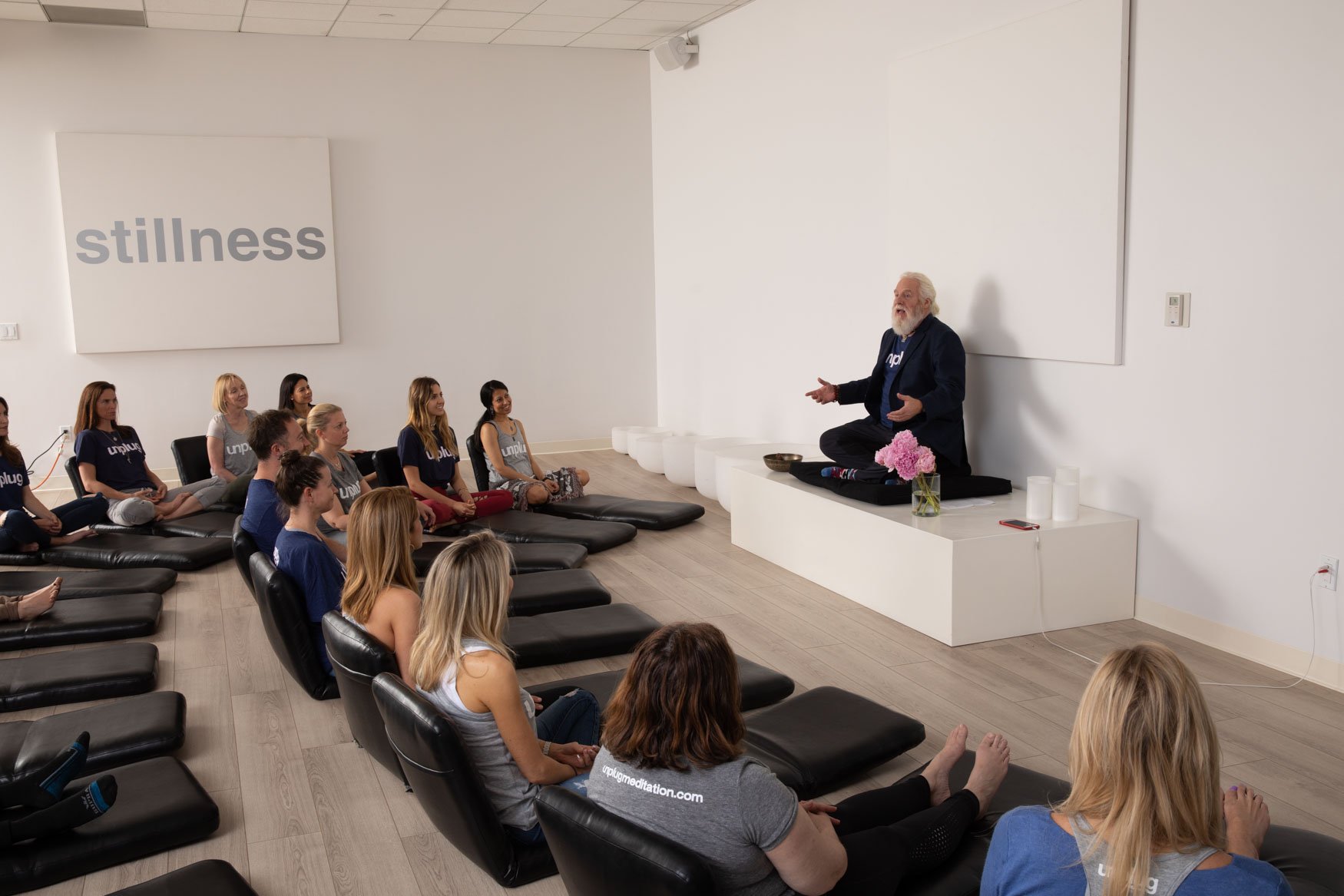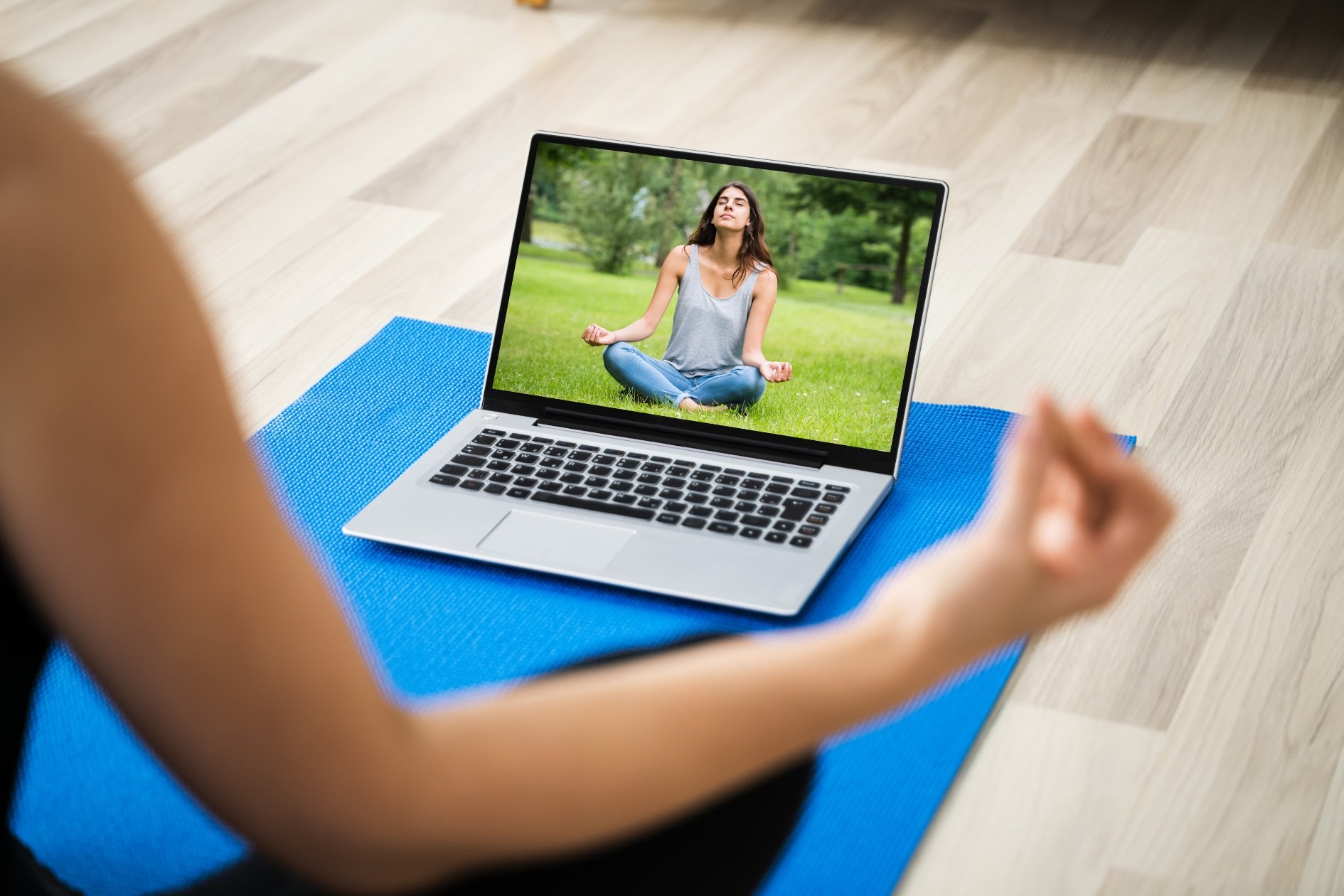Meditation is one of the most powerful tools to improve mental health, boost overall wellness, and enhance both your physical and emotional state. If you regularly practice meditation, the benefits of your practice already clear. For many people, seeing those benefits is the first step to becoming a teacher.
Meditation is quickly becoming one of the fastest-growing health and wellness segments which makes teaching a great way to earn income doing what you love (and helping others in the process). But how exactly do you get started?
Here are a few steps to help you learn how to teach meditation online:
Join a Certified Meditation Training Program
The fastest way to learn the ins-and-outs of meditation training is to join a program. Facilitator training is designed to go over every aspect of crafting a successful business. From learning how to hone your practice with improved techniques and guides to teaching you how to help others learn and grow in their own journey.
Unplug Meditation Training is a 6-week program with a world-renowned instructor to give you the base you need to become a great instructor. Not only will you enhance your practice, but you will also learn how to lead others, power their success, and gain recognized certification.
Separate Yourself With A Niche
There are a lot of people searching for answers with meditation—all of which could potentially become your students—but there are also a lot of teachers out there. To find success, you have to differentiate yourself from others by focusing on a particular niche or field. By separating yourself from others, you gain the ability to hyper-focus on their particular needs. Your niche may be a particular style of teaching, a particular student demographic, or just about anything to separate yourself from others out there.
Decide How You Want to Teach
There are many different methods of delivery for teaching meditation, even if you stay completely virtual and teach online. Deciding your delivery method will allow you to craft a roadmap to help you deliver your content as effectively as possible. Some options that you can choose include:
· Digital Workshops or Events – Doing workshops and group coaching is a great way to create a large base quickly.
· 1-on-1 Live Coaching – Individual coaching is a great way to grow your business if you have a very specific niche. It allows you to hyper-focus on specific, individual problems and techniques which can be very profitable.
· Digital Courses – Creating a set of courses and adding automation is a way to deliver as much content as you have to offer to as many people as possible. This is typically not something you want to start doing at first, but eventually creating your course system can be a great way to take your business to the next level.
Create a Website and Advertise
Once you have all the training and planning in place, the next step is to create your own business. The first thing you want to do is create a website or have one created for you. Focus on individual branding that helps describe who you are, what problems you solve, and how your service helps.
After you have a website, focus on advertising and marketing. Blog posts and content marketing are a great way to drive organic traffic, but the process takes a while. Social media is an excellent source for new clients, but make sure you’re prepared to deal with a lot of competition (which ties into creating a niche for yourself).














































